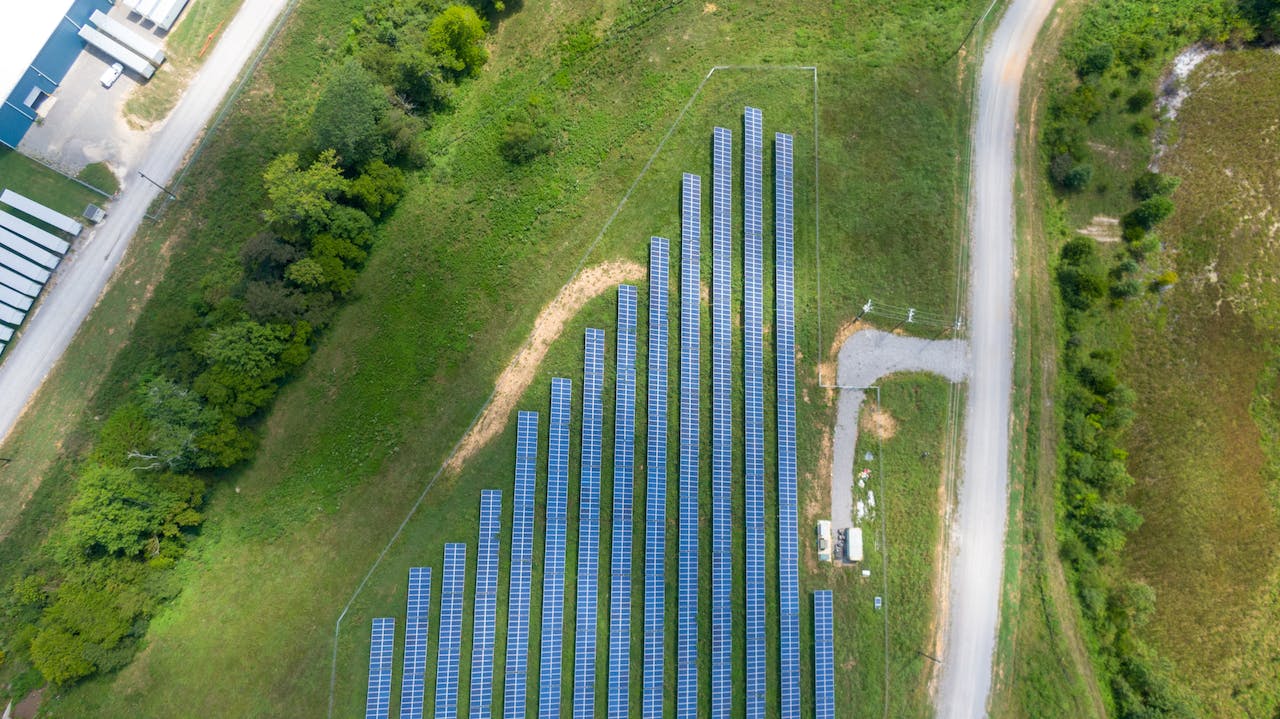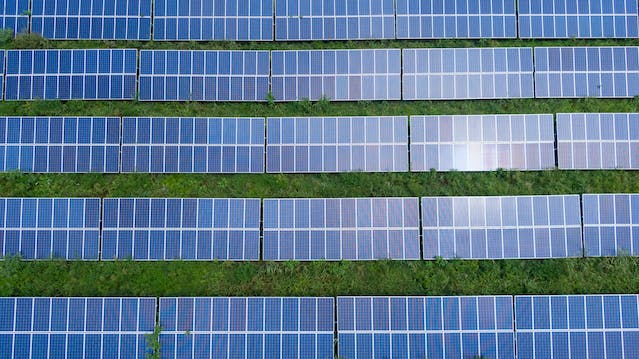Comments
- No comments found

Solar panels have become increasingly commonplace. Many people are increasingly utilizing this eco-friendly technology.
It’s a fascinating world we live in where we are able to convert sunlight to electric power. The technology has advanced quite well in a short time, and many of the products in the market - for example, Sunpower solar panels - are doing pretty well. They’re reliable, efficient, and, most importantly, they seem to last forever. It is claimed that solar panels could provide at least 92% output even after 25 years of use.
Many Asian homeowners increasingly value solar panels in Australia as a sustainable solution for energy generation. It’s now common to see these shiny, futuristic-looking sheets on rooftops, silently powering homes with clean energy. But have you ever wondered how solar panels are made? In this post, you’ll get to know a bit more about these panels and how they are made.

First, let's talk about solar cells, the tiny components that are assembled to become a solar panel. Think of them as little sun traps that capture sunlight and turn it into electricity.
Of course, there are different types, each with its unique features. For instance, monocrystalline cells, made from single-crystal silicon, are highly efficient. Polycrystalline cells, on the other hand, are made from multiple silicon crystals and are more cost-effective. Then there are thin-film cells, sleek and flexible, that are perfect for certain applications.
At the heart of these cells is the photovoltaic effect. You can picture a sunny day at the beach where the rays of the sun hit the sand and warm it up. Similarly, when sunlight hits a solar cell, it energizes the electrons in the silicon, which creates an electric current. This is the current that powers the homes of those who use solar energy as their source of electricity.
Now, let's look at how these cells are produced. Like many tech products you would find these days, silicon is at the heart of solar cells.
At the start, silicon is purified and shaped into large blocks called ingots. These ingots are then sliced into thin wafers. These wafers form the base of the solar cells.
During the process, each wafer undergoes a transformation known as doping. If you’ve taken high school physics class, you know doping is when tiny amounts of other elements are added to make the silicon conductive. The doping process creates a positive and a negative layer in the cell, which are crucial for generating electricity.
Next, an anti-reflective coating is applied, ensuring the cell captures as much sunlight as possible. The final step of the manufacturing process is assembling these cells into a panel. They're laid out, connected with electrical wiring, and sealed with protective layering. To top it off, a sturdy frame is added, and voilà, you have a brand-new solar panel!

Making solar panels is not all smooth sailing. The process presents challenges such as balancing cost and efficiency and sourcing materials responsibly. But thankfully, innovations are constantly in the works to tackle these issues. For example, perovskite solar cells, a new kind of cell, promise higher efficiency at a lower cost. Then, there are bifacial solar panels that capture sunlight from both sides.
Even after all of these advances, however, producing solar panels isn't entirely green. The manufacturing process consumes energy and resources. By the third year of having solar panels, most solar panels become carbon neutral. But the good news is that efforts are underway to make things even more sustainable. Reducing waste, recycling materials, and using cleaner energy sources in production are some of the steps being taken.
The future of solar panel technology is bright. With continuous advancement in the technology, we're moving towards more efficient, affordable, and environmentally friendly solar energy solutions.
So, next time you spot a solar panel, remember the remarkable journey from a sandy beach - silicon comes from sand - to the rooftops, all to harness the power of the sun.
Felix is the founder of Society of Speed, an automotive journal covering the unique lifestyle of supercar owners. Alongside automotive journalism, Felix recently graduated from university with a finance degree and enjoys helping students and other young founders grow their projects.
Leave your comments
Post comment as a guest